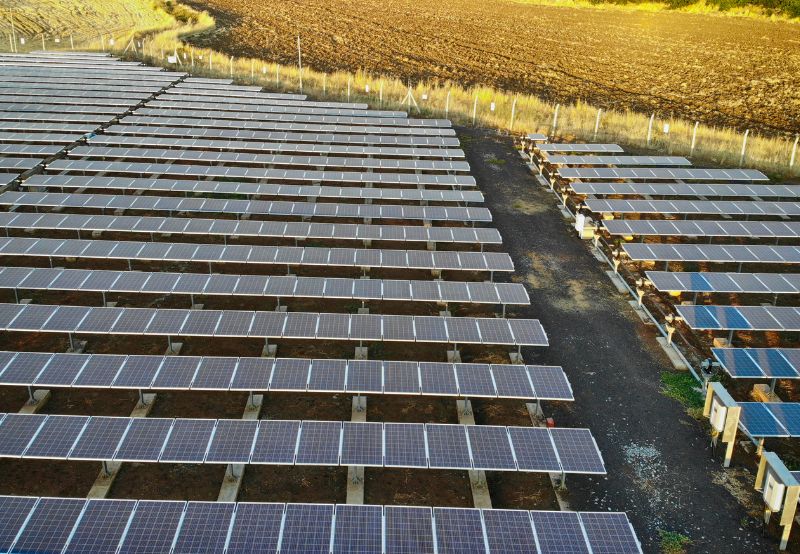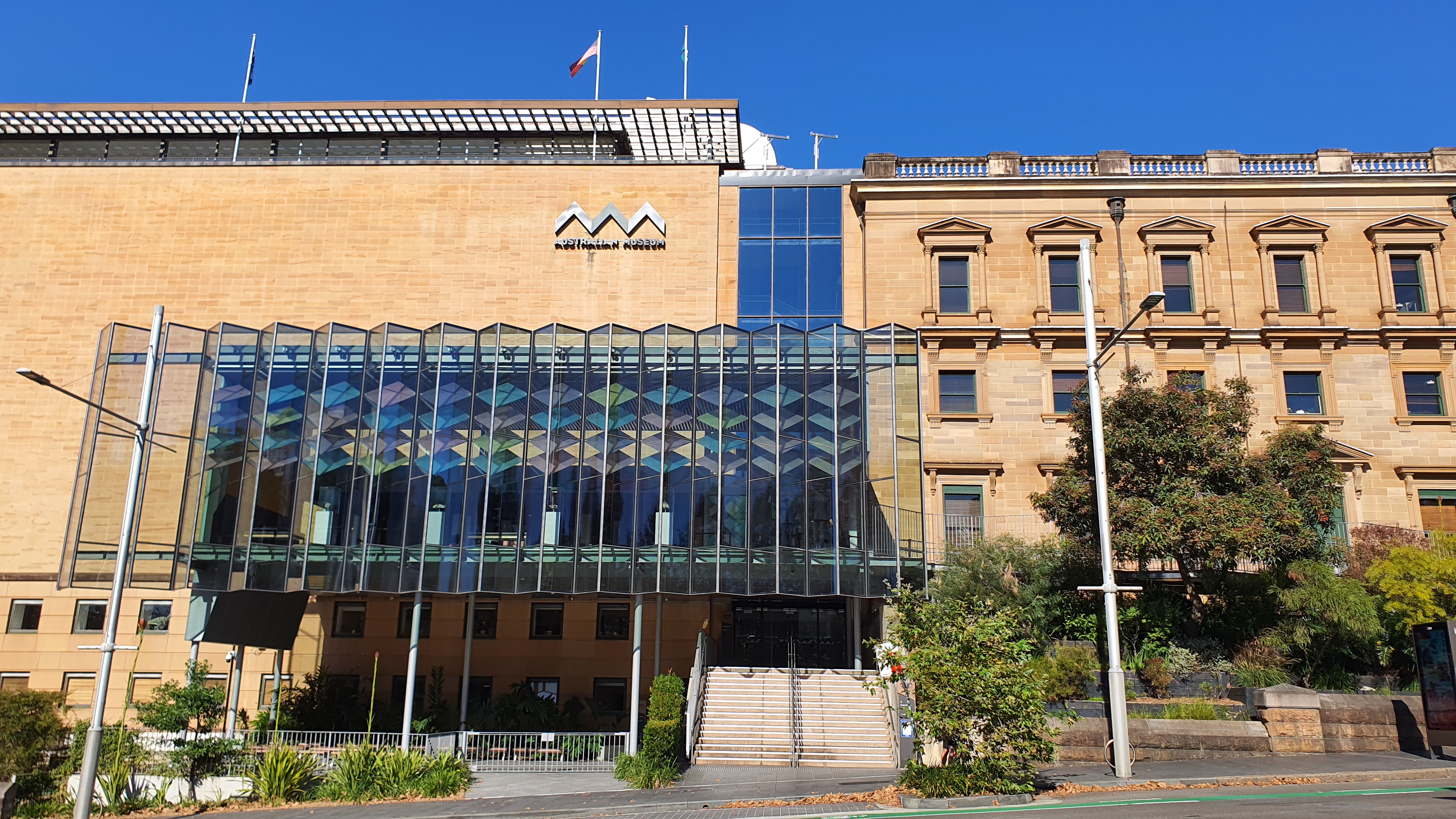The Second Global Bamboo and Rattan Congress (BARC 2022) focused on bamboo and rattan as nature-based solutions for replacing plastics, reducing plastic pollution, and assisting in the achievement of net-zero emissions. Jyoti Mathur-Filipp of UNEP and Han Meng of UNEP-WCMC jointly delivered the keynote speech “Global review: the progress of the Intergovernmental Negotiating Committee on plastic pollution and synergies between the plastics and biodiversity agenda” at the congress.
On November 7-8, the International Bamboo and Rattan Organization, the National Forestry and Grassland Administration of China and the International Centre for Bamboo and Rattan hosted BARC 2022 in Beijing, China, to promote the use of bamboo and rattan materials in progressing green economic development.
In the past decade, the production of plastic has grown at a tremendous, exponential rate, with around 400 million tonnes now produced per year. However, only an estimated 12 per cent of the plastics produced are incinerated and a mere 9 per cent are estimated to have been recycled. The remaining large amounts of global plastic waste is either disposed of in landfills or released into the environment, including the oceans.
Plastic pollution has become one of the primary contributors to the triple planetary crises of climate change, biodiversity loss, and pollution as a result of rapid expansion of plastics production and unsustainable consumption and disposal methods. Plastic pollution has direct links to changing habitats and natural processes, which reduces ecosystems’ ability to adapt to climate change, affecting millions of people’s livelihoods and raising food security and social wellbeing concerns.
Plastic is produced from fossil fuels and its production highly contributes to the climate crisis. With the demand that plastic currently holds, the expansion of plastic production is estimated to emit more than 56 billion metric tonnes of carbon dioxide equivalent greenhouse gases between 2015 and 2050. If this trend continues, the GHG emissions from plastic would amount to 15 per cent of the global carbon budget by 2050. Further, as plastic waste incinerated is known to release carbon dioxide and methane into the atmosphere, the disposal methods would increase emissions and exacerbate global warming.
Meanwhile, plastic pollution, with its contribution to ecosystem degradation and severe impact on biodiversity, is a well-known issue. Plastics, particularly micro and nanoplastics, cause harm to organisms across the animal, plant, and microbial kingdoms via a combination of chemical and physical effects, both of which have the potential to cause devastating biological responses in organisms.
Although commercial markets are now seeking practical and scalable solutions with the growing concern over plastic usage, the alternatives available are far from sufficient and involve trade-offs. For example, we could replace plastic with other materials, but they probably have a much higher carbon footprint than plastics themselves, some of which are not biodegradable. Paper is often considered to be one of the popular alternatives to single use plastics and ideal as it contributes less to the impacts of littering; however, it brings setbacks in the form of emissions. This studyfound that paper bags have a much higher carbon footprint than conventional plastic shopping bags.
Actions to address the plastic pollution emergency took place earlier in 2022, at the fifth session of the United Nations Environment Assembly in Nairobi, as heads of state, ministers of the environment and other representatives from UN member states endorsed a landmark agreement directed towards an international legally binding instrument on plastic pollution that addresses the full lifecycle of plastics. Using UNEA discussions as a springboard, BARC 2022 set out to promote natural materials as a positive alternative to plastics and explore new opportunities and platforms for the use of bamboo and rattan.
Jyoti Mathur-Filipp, Executive Secretary of the Intergovernmental Negotiating Committee (INC) on Plastics Pollution, provided an update to the audience: “The UNEP has been asked to create a legally binding international instrument on plastic pollution… We’ve been asked to complete this in two years, so it’s a marathon, not a stroll in the park. We begin our process later this year in Punta del Este on November 28th, with the first meeting of the Intergovernmental Negotiating Committee on Plastics, and we have been asked to hold five of these from the end of this year to the end of 2024. So there will be two next year, two in 2024, and they will conclude with a diplomatic conference in mid-2025.”
The potential of Bamboo and rattan
Bamboo and rattan have the potential to develop a green economy, address climate change, build disaster-resilient infrastructure, alleviate poverty, revitalise rural areas and protect the environment. The natural characteristics of bamboo, being lightweight, produce strong and flexible building materials that are resilient to certain kinds of disasters that could be a result of slow-onset climate change impacts. Further, they also help restore degraded lands and protect forests, making them a robust way of combatting desertification.
Bamboo’s lightweight and linear-splitting nature makes it comparatively easier to process than timber, giving farmers, many of whom are women, with opportunities to engage in the initial processing and further increase their share in value addition. Rattan is also a very important plant for many poor communities, especially in some rural communities across Laos, Cambodia, and Vietnam, where 50 per cent of the cash income is derived from the sale of rattan products.
From an energy perspective, bamboo can be used in electricity generation plants, where approximately 1.2 kg of bamboo can be used to generate 1 kWh of electricity through gasification technology. Additionally, another major advantage of bamboo is its efficiency in carbon sequestration, with its ability to sequester up to four times CO2 compared to other hardwood species.
Bamboo and rattan have collectively produced trade offs that come in the form of combating climate change through mitigation and adaptation benefits and support local communities in many ways. The congress promoted these multifarious benefits and initiatives by conducting high-level dialogues, parallel sessions, product exhibitions and advanced technologies supporting bamboo and rattan as an alternative to plastics.
The Launch of Replacing Plastics with Bamboo
BARC 2022 also launched a new initiative on “Replacing Plastic with Bamboo”, aimed at reducing plastic pollution and finding pathways and mechanisms to mainstream bamboo as a viable alternative to plastic products. The initiative focussed on –
- Formulating supportive policy frameworks to be incorporated at different levels, including international, regional, and national levels,
- Promoting technological innovation,
- Encouraging strengthening of scientific research into using bamboo as a substitute for plastic,
- Building a scientific knowledge system including the material data and full life cycle databases,
- Facilitating the entry of bamboo products into the markets to promote its consumption as a plastic replacement, and
- Enhancing the significant potential of bamboo as a solution by raising awareness around the subject.
In her keynote speech, Han Meng, UNEP-WCMC China Officer, spoke about plastic pollution’s linkage to biodiversity loss, and ultimately its contribution to the triple planetary crises. The speech emphasised the devastating impact of plastic pollution on biodiversity and ecosystems, highlighting that nearly a-fifth (17 per cent) of the species affected by the presence of plastic in the ocean are on the IUCN Red List of Threatened Species.
BARC 2022 brought together representatives from governments, research institutes, international and non-governmental organisations, the private sector, and the media and experts and scholars in the field of bamboo and rattan research to unlock their potential and develop mainstream technologies to replace plastics.




